Factors affecting the reliability of relays
1. Impact of transportation and storage
If the user ships from the general warehouse to each user unit, any boxing or boxing will cause changes in product mechanical parameters due to collisions, especially unsealed relays. The storage environment of the relay should meet the requirements of product technical conditions and standards. Special attention should be paid to the storage in high humidity and harmful atmosphere.
2. The influence of the characteristics of the relay during operation on the reliability of use
A. Contact bounce time Any electromagnetic relay has a mechanical bounce time, but the length of time is different because of its different structure and operating principle. The long one can reach several ms or even 10ms, and the short one is only about 100 microseconds. In special circuits, such as code circuits and pulse circuits, errors may occur due to short-term closing and opening due to rebound, such as missing word errors or malfunctions, which is one of the fatal weaknesses of ordinary relays in the circuit. Appropriate selection of operating voltage, operating frequency, etc. in use can reduce rebound. Jumpback will also form interference pulses in the circuit and affect other circuits.
B. Different actions at different times The action of multi-contact electromagnetic relays cannot make the contacts turn on or off at the same time. This is the different timing of the action, which generally differs by about 0.1 ~ 0.2ms. Under the action of the slow input signal, this time difference will increase significantly.
C. Bridging When using mercury reed relays, it should be noted that there is generally a bridging time of about 0.5ms, that is, two circuits are connected at the same time.
D. AC sound, almost all AC relays will have some kind of noise or hum. If the user has a specific use occasion, set the allowable intensity of the hum with the relay manufacturer. In reed relays, noise refers to the voltage that appears between the switch leads within a few ms immediately after closing. It is generated because the reed moves in the magnetic field and a voltage is generated between them by the magnetostrictive effect. If the reed switching signal is used within a few ms immediately after closing, the noise has a greater influence.
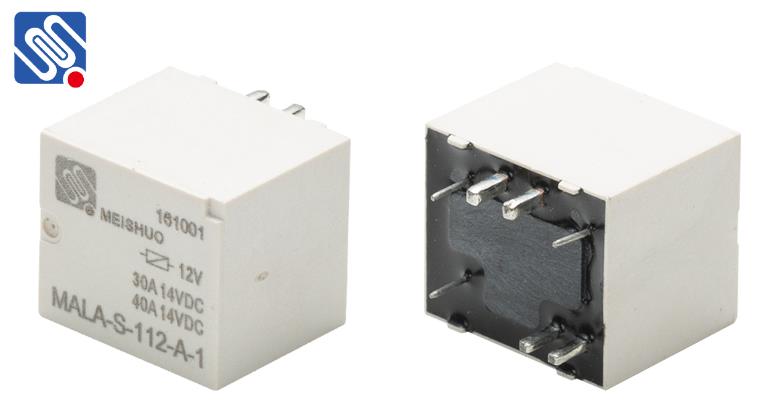



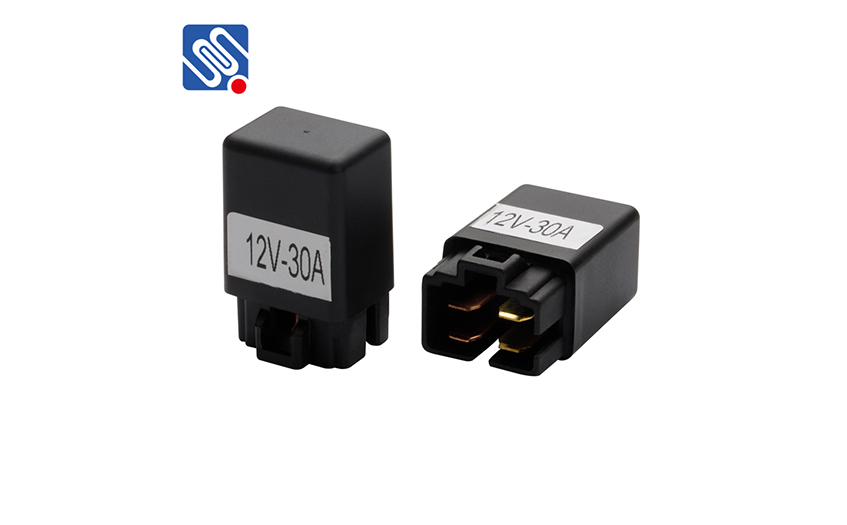
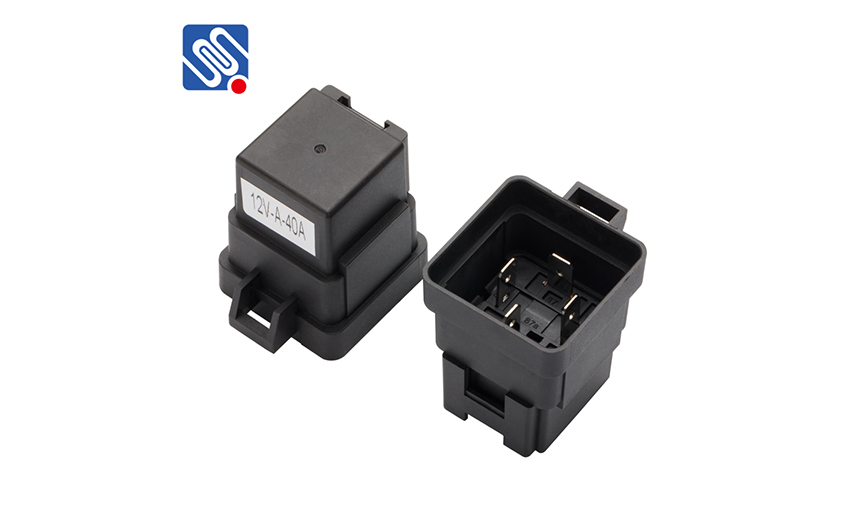
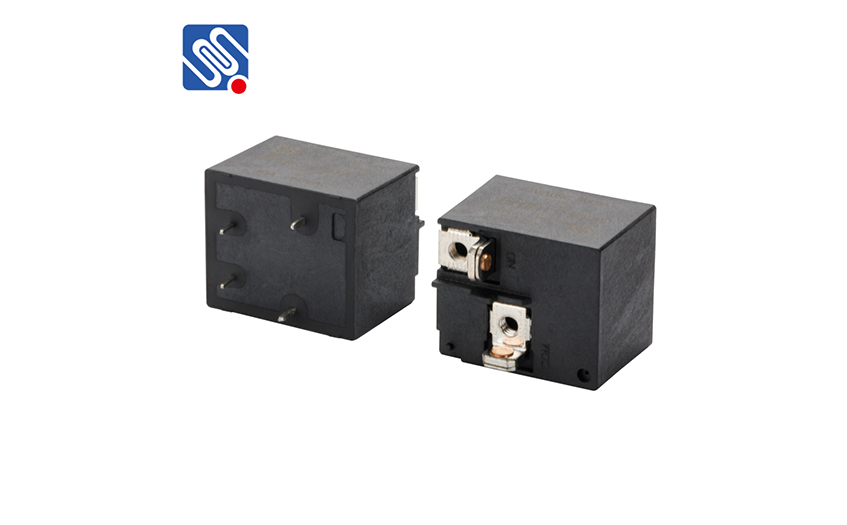
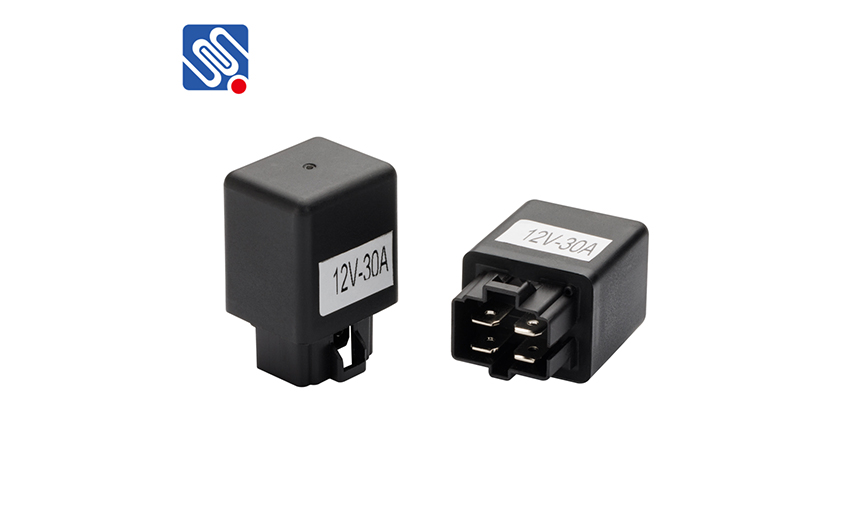
 selena
selena  sales@msrelay.com
sales@msrelay.com 13968707033
13968707033
 +86-577-62518811
+86-577-62518811





